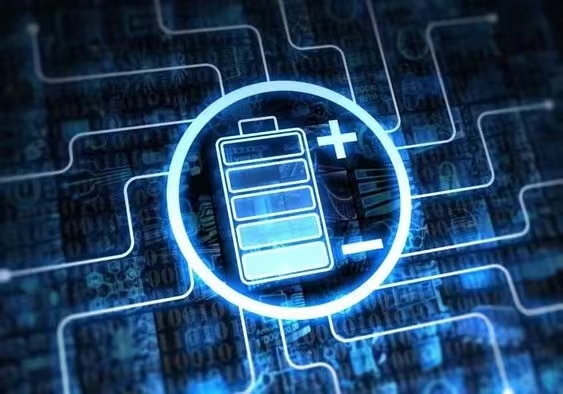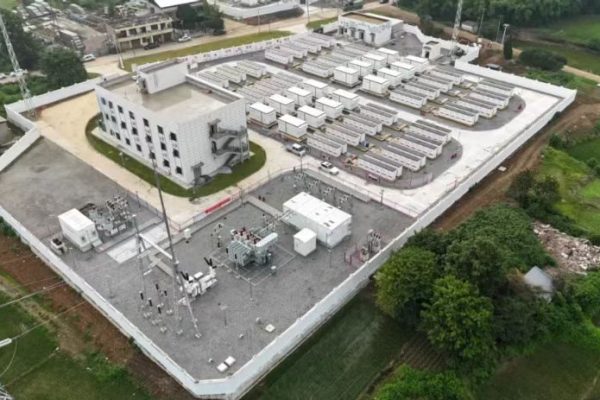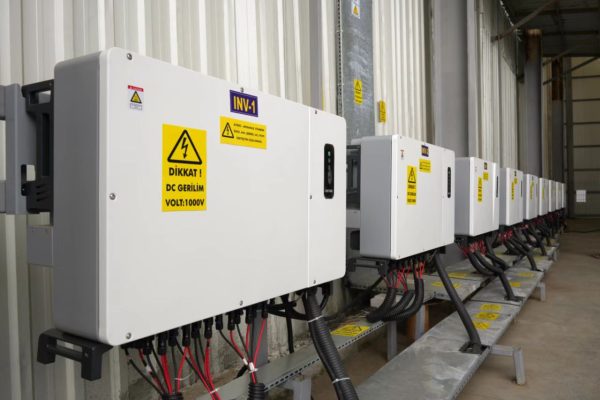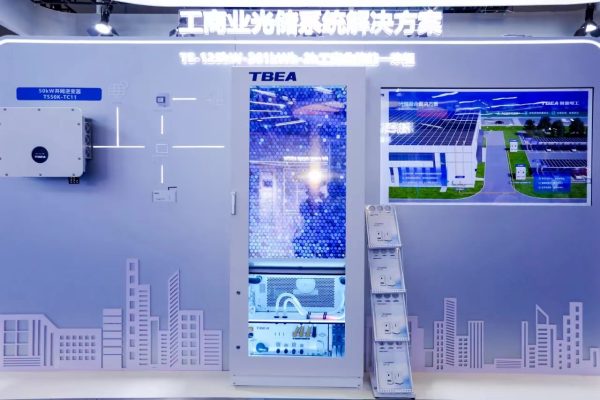How to Make Battery Chemistry Choices That Fit Real Use Cases and Client Budgets
1. Introduction
Choosing the right battery for a small-scale energy storage system isn’t just about chemistry—it’s about use case, expectations, budget, and environment.
As a technical trade partner, you’re not expected to develop batteries — but you’re expected to understand how to recommend the right one.
In small commercial or residential projects, the choice between lithium-ion (Li-ion) and lead-acid batteries often defines:
- System cost
- Charging/discharging performance
- Lifespan and return on investment
- Maintenance requirements
- Safety and installation complexity
This article outlines when and why you should recommend one over the other — based on actual project conditions.
2. Basic Overview of Battery Types
| Parameter | Lead-Acid (AGM/GEL) | Lithium-ion (LiFePO4) |
|---|---|---|
| Cycle Life | 500–1,200 | 3,000–6,000 |
| Depth of Discharge | 50–60% | 80–100% |
| Efficiency | ~75–85% | >92–96% |
| Maintenance | Medium to High (ventilation) | Low to None |
| Safety | Mature, lower energy density | Advanced BMS required |
| Cost per kWh (initial) | Lower | Higher |
| Cost per kWh (lifecycle) | Higher | Lower |
3. When to Recommend Lead-Acid
Lead-acid is not outdated. It still makes sense in specific project conditions.
✅ Use Case 1: Low-budget, low-cycle projects
If the client’s energy storage is backup-only, or used a few times a month, and budget is tight — lead-acid works.
🔍 Example:
A rural telecom tower needing 1–2kWh for emergencies only. Use <200 cycles/year.
✅ Use Case 2: Minimal technical complexity
Lead-acid batteries are easy to integrate with most basic inverters and charge controllers. No complex communication protocols needed.
🔍 Example:
A local installer wants plug-and-play backup for a remote farm. No BMS needed.
✅ Use Case 3: Colder climates or ventilated environments
Thermal performance of lead-acid is better in low-temperature zones. When installed in ventilated cabinets or outdoor enclosures, maintenance is manageable.
4. When to Recommend Lithium-ion
Despite higher upfront cost, Li-ion batteries dominate in most modern systems — because of their performance, lifespan, and total cost of ownership.
✅ Use Case 1: Daily cycling systems
If the battery is charged/discharged every day (like in TOU optimization, solar self-use, or EV charging), lithium is the only sensible choice.
🔍 Example:
A small business using a 15kWh system daily for peak-shaving. Needs 4,000+ cycles.
✅ Use Case 2: Compact installations
Lithium batteries are energy dense, require less space, and can be wall-mounted. Perfect for homes, offices, and containerized systems.
🔍 Example:
10kWh wall-mount battery in an apartment utility room.
✅ Use Case 3: Smart systems needing BMS/EMS integration
If the client wants to monitor, balance, and control the system via app/cloud — lithium with BMS is necessary.
🔍 Example:
A commercial user wants remote alerts, SOC visibility, and automated dispatch control.
5. Common Buyer Questions and How to Respond
| Question | Lithium Answer | Lead-Acid Answer |
|---|---|---|
| “Why is lithium so expensive?” | Higher cost, but lasts 4x longer — better ROI | Lower upfront cost, but may need replacing every 2–3 years |
| “Can I add more batteries later?” | Yes, modular and scalable if BMS supports it | Difficult due to aging mismatch between batteries |
| “Does it need ventilation?” | No, sealed system | Yes, especially for flooded types |
| “What if I install it outdoors?” | OK with cabinet + IP rating | Needs ventilation and temperature control |
| “Which one is safer?” | Lithium is safe with BMS, but requires smarter design | Lead-acid is simpler but can leak or off-gas |
6. Pricing Strategy: How to Guide Cost-Sensitive Clients
Many clients fixate on unit price. Your job is to guide them to lifecycle thinking.
✅ Offer Two Quotes
Always provide two options:
- “Budget system” (Lead-acid)
- “High-performance system” (Lithium)
Let the client choose — but position lithium as the default.
✅ Show TCO (Total Cost of Ownership)
Explain cost per usable kWh over system lifespan:
Lead-acid:
5kWh × 50% DoD × 1,000 cycles = 2,500 kWh usable
$1,000 ÷ 2,500 = $0.40/kWh
Lithium:
5kWh × 90% DoD × 4,000 cycles = 18,000 kWh usable
$2,000 ÷ 18,000 = $0.11/kWh
Clients who understand this, often switch to lithium even on a tight budget.
7. Your Role as a Technical Trade Partner
✅ “As a small system integrator, you may not always have time to compare every battery type.”
✅ “Working with a partner who understands system compatibility can save you weeks of troubleshooting.”
✅ “Instead of just receiving a quote, you get support on how to avoid common pitfalls — like oversizing or selecting mismatched components.”
Your client may not care about electrochemistry — but they’ll care when the wrong battery fails too soon or performs below expectation.
8. Real Project Example: Off-grid Guesthouse in the Philippines
- 3kW solar array
- Initial request: “Cheapest battery possible”
- Site usage: daily evening loads, fans, lights, 3kWh/day
- Client wanted 5kWh battery with $700 budget
What we did:
- Showed lifetime cost difference between AGM and LFP
- Proposed 3.5kWh lithium battery at $1,100
- Improved solar charging control, added simple monitoring
Result:
Battery fully used daily, no manual maintenance, higher satisfaction
9. Recently Published Articles (Internal Links)
- 👉 PV Orientation and Its Impact on Storage Utilization
- 👉 How to Offer Customization Without Over-Engineering
- 👉 Real Case: Off-Grid PV + ESS in an Island School
10. Conclusion
Choosing between lithium and lead-acid isn’t a matter of “good vs bad” — it’s about matching technology to the project.
By offering both options, and clearly explaining why one suits better, you can win trust even without the lowest price.
That’s the strength of a technical trade partner: turning component sales into value-based solutions.









